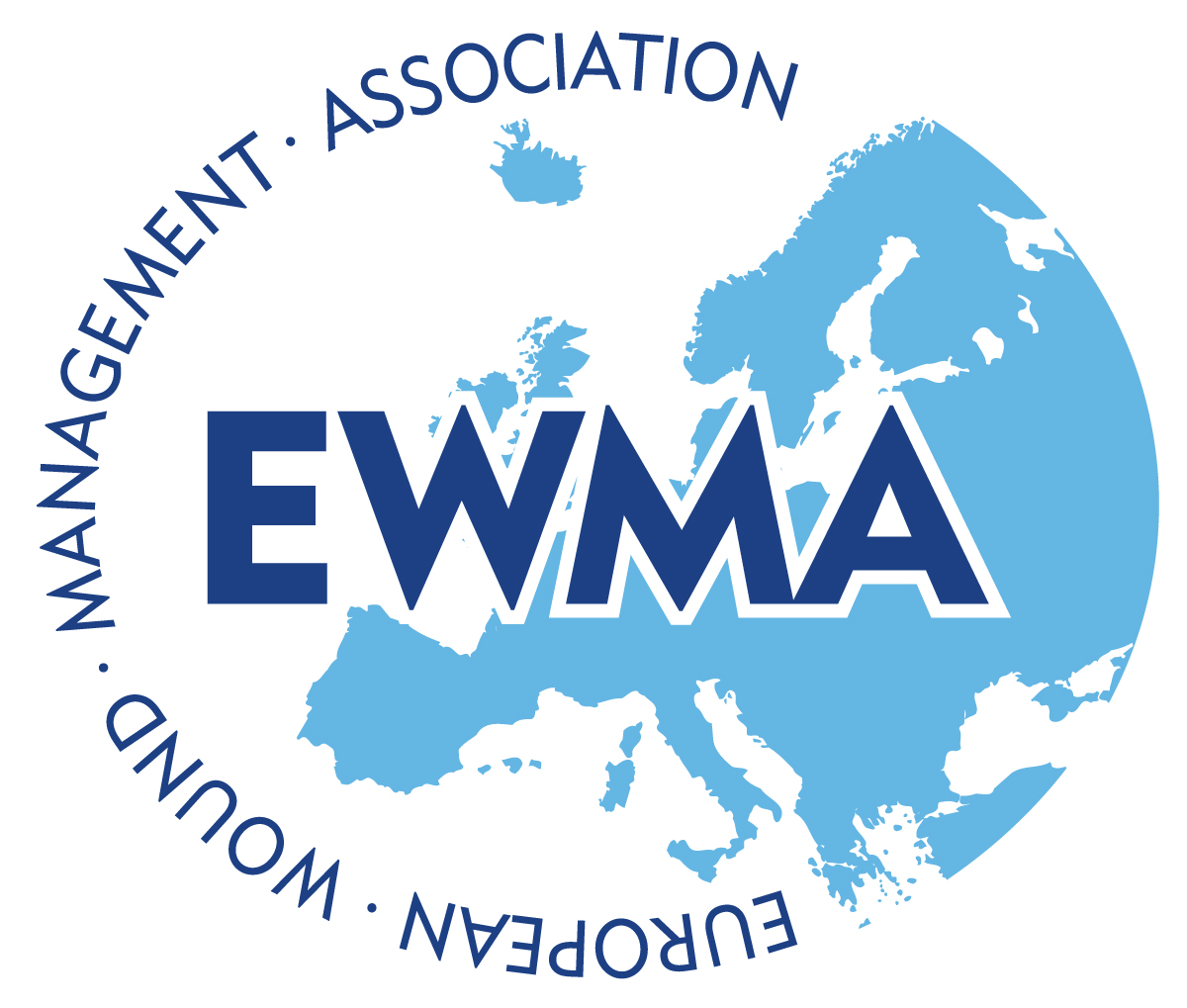Pediatric Wounds and Pressure Ulcers are not just Small Adult Problems
It is hard to believe but 1 in 5 infants in the Neonatal Intensive Care Unit and pediatrics units will develop a pressure ulcer (PrU). What is even more alarming, is that there are very limited studies of risk, prevention, and treatment in this patient population.
Neonates are not mini-children just as children are not little adults. Nonetheless, nearly all known risk assessment scales and PrU prevention plans for neonates are adapted from adult protocols. For both legal and ethical reasons, research in the pediatric and neonatal patient population is limited creating a lack of knowledge among one of the most vulnerable patient populations.
While there is evidence that pediatric skin is resilient and tends to heal quickly, the skin is also more fragile than that of an adult and immature systems can complicate wound care in pediatric patients.
As with the adult, a wound will cause increased risk for complications such as infection and water and electrolyte loss. However in the pediatric and neonatal population these risks are escalated due to their decreased surface area. In addition, the premature neonate’s skin is under developed which will reduce the skin’s barrier function, reduce their ability to regulate temperature, and increase their risk of water loss through the skin. In fact, absorption of seemingly benign topical medicines, lotions, creams or emollients can be dangerous in the neonate. The infant’s limited mobility and age appropriate mobilization patterns also present challenges to the prevention and management of wounds. Expression of discomfort and pain also complicate prevention, assessment and management of wounds in the neonatal and pediatric patient population.
When a neonate or pediatric patient develop a wound the treatment goals start with alleviating pain, reducing emotional distress, and minimizing scarring. To prevent additional trauma to the skin, dressings should be as small as possible to cover the wound and adhered using silicone or other gentle, non-skin stripping adhesives. In neonates, adhesives should be avoided altogether and replaced with loose or tubular bandages.
Pressure ulcers in hospitalized neonates and pediatric patients are significant and are frequently caused by immobility and medical devices necessary for their care. Of the various risk assessments used in adults, the Glamorgan Scale is reported to be the most readily adapted to infants and children.
The most common areas for pressure ulcers in this population occur on the heels, occipital region, and the sacrum/coccyx area. Medical device-related pressure ulcers can develop on the arm where blood pressure cuffs are applied or on fingers where pulse/oxygen meters are affixed. They may also develop in and around the nostril area from the prongs of oxygen tubes and masks.
Preventive efforts include padding prominent bony areas and rotating the patient to different positions or rotating the location of the medical devices. This population should receive a head-to-toe skin assessment on admission and again at 12 hour intervals with special attention to the sites where medical devices are in skin contact.
Pressure ulcers should be cleaned with room temperature sterile normal saline using a soft cloth or syringe. In the first two weeks after birth, no antiseptics or soaps should be used on the neonate. If emollients are necessary, careful evaluation is needed and must be applied sparingly to avoid systemic absorption – and avoided altogether in pre-term neonates.
Nutrition is key to healing of pressure ulcers, particularly among those with low birth rates or after neonate weight loss. Breast feeding can assist in promoting healing.
Infection risk is high in neonates necessitating close monitoring of the skin around the wound for subtle changes such as swelling or drainage, increased paleness around the wound or in the wound bed or increased redness around the wound. Healing is enhanced by using a moisture retentive dressing and close observation every 12-24 hours.
With little research to rely on, wound care providers treating neonatal and pediatric patients, have done well by adapting adult protocols. Forums for sharing experiences in this category can work to improve care for all those advancing wound care in young patients.
The Pediatric Wound Conference (ISPeW) will be held in Houston November 14-15. For further information visit ispew.org.
https://pedsinreview.aappublications.org/content/26/2/43
https://www.woundsource.com/patientcondition/pediatric-patients
https://advancedtissue.com/2015/05/how-to-treat-wounds-in-children/
https://www.ncbi.nlm.nih.gov/pmc/articles/PMC3985526/
https://www.dovepress.com/neonatal-pressure-ulcers-prevention-and-treatment-peer-reviewed-fulltext-article-RRN

